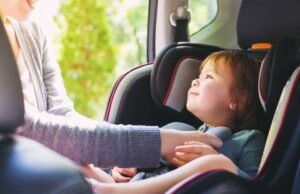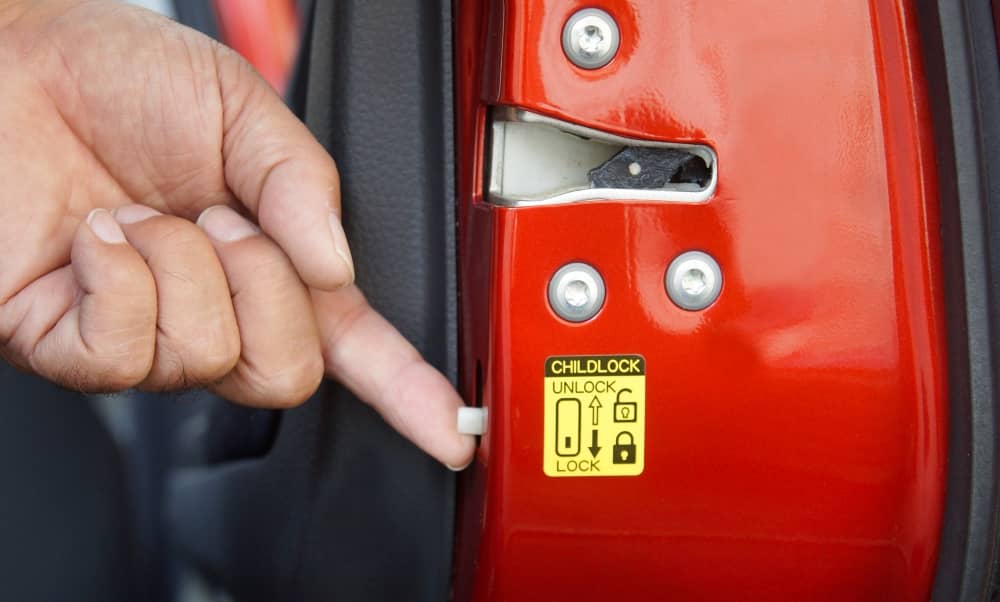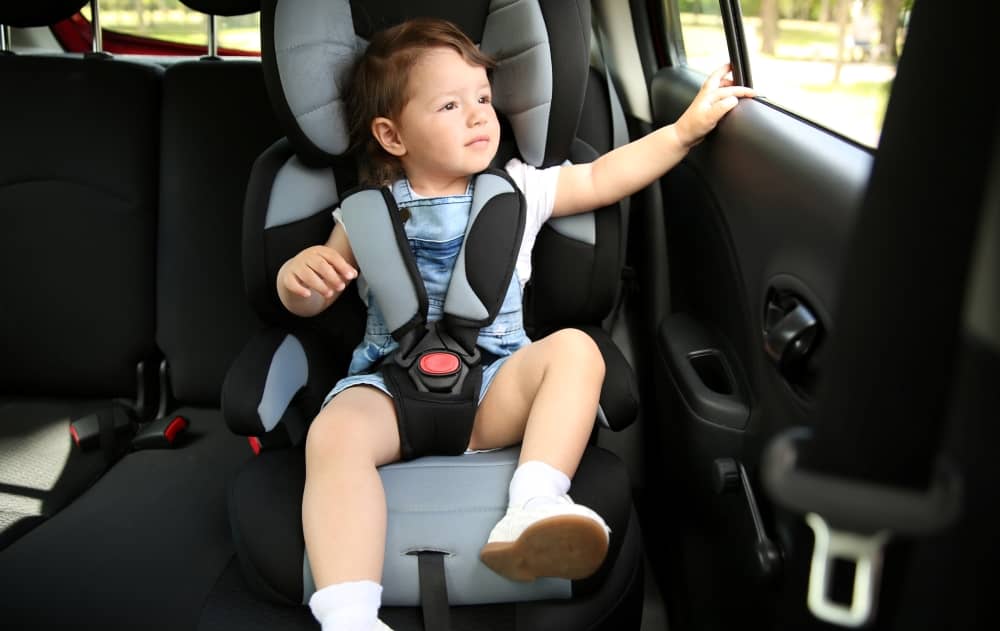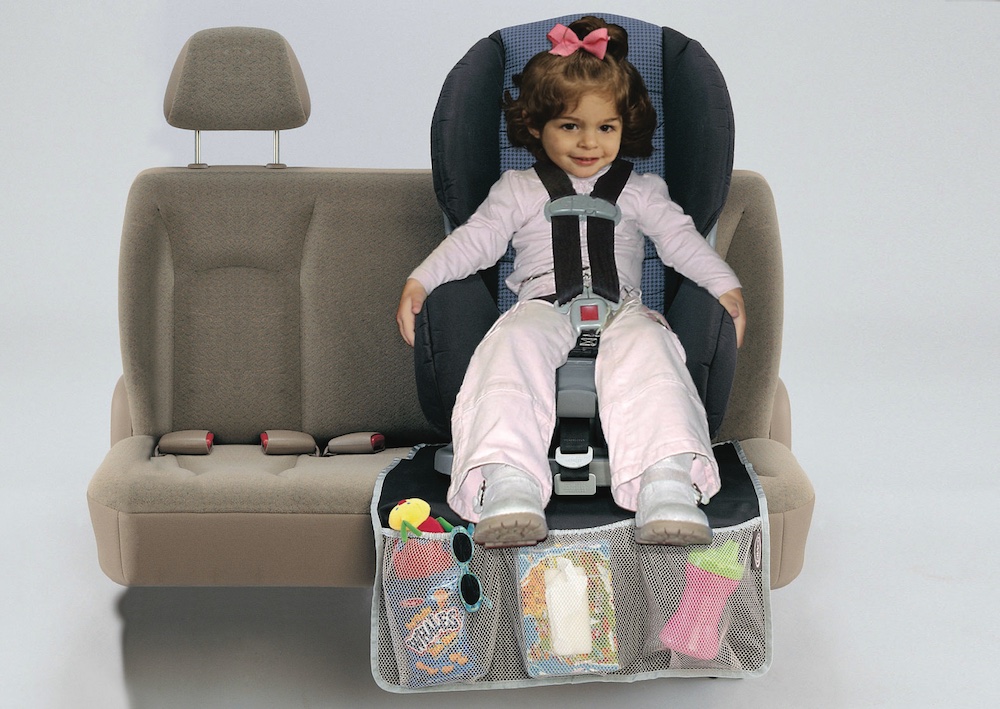
Childproofing a vehicle is essential for ensuring children’s safety when driving. Kids are naturally curious and are easily distracted, which can lead to potentially dangerous situations in a vehicle. As a result, parents and caregivers must take additional steps to maintain their children’s safety while travelling.
This post will go over some effective methods for childproofing your vehicle.
Never Leave Your Keys Inside
Leaving your keys in the car can be very risky, especially if there are little children nearby. Even if your child cannot drive, they may be able to operate the buttons or set off the security alarm. Furthermore, a child old enough to understand how to operate a car’s gears could jeopardize both the car and themselves. That is why it is always important to always take your keys with you when you exit your vehicle.
Make Sure Foldable Seats Are Locked Into Position
Many vehicles today feature folding seats that come in handy for hauling luggage. Nonetheless, it is vital to always check that these seats are firmly fastened into position, especially when travelling with kids. If the seats aren’t attached properly, they can shift unexpectedly, harming your child or enabling them to get into the trunk. Before you hit the road, it’s important to be vigilant and double-check that everything is secure.
Childproof Car Windows
Power window controls are often found near the driver’s seat, allowing parents to easily lock them to keep their children from fiddling with them in the rear seat. Locking the windows not only prevents parents from being sidetracked, but also lowers the possibility of kids having their fingers, hair, or arms caught in the windows. Some kids can also roll down the windows and poke their heads out, which can be extremely dangerous. As a result, it is important to always keep windows closed and childproofed.
Don’t Open the Sunroof While You Have Kids in the Car
While sunroofs can be a pleasant feature in a car, they should always be closed when you have children in the car. Because children are naturally adventurous, they may attempt to stick their heads or arms through the sunroof. This is exceedingly dangerous and can result in serious injuries or even death, particularly if the car is moving fast. It’s best to close the sunroof and prevent the risk entirely.
Don’t Leave Your Child in the Car Alone
Many parents often find themselves leaving their children alone in the car. Doing this even for a brief moment is risky for several reasons. For starters, children may inadvertently lock themselves in, which can be both terrifying and dangerous. Also, if you leave the keys in the car, someone may steal them while your child is inside. Leaving the engine running is particularly dangerous since your child could accidentally shift into gear or be subjected to exhaust fumes.
Buy Baby Seats for Toddlers
It is very crucial to buy a baby seat for your children to ensure their safety when riding in the car. Conventional seat belts may not be suitable for kids. Instead, kids must be placed in a safe, comfortable seat that is suited for their size. This baby seat must have a firm belt to keep the child secure. It should also include a Baby Days seat protector or a Baby Days car seat under mat. Many countries around the world require children under the age of four to utilise a child safety seat. Failing to do so may result in a variety of fines.
Always Keep Baby Emergency Supplies
When travelling with a baby, it is important to be prepared for any unexpected situations that may arise. This includes having a well-stocked baby emergency kit in your car. The kit should include essential items such as baby wipes, diapers, a sterilised bottle, and any necessary medications. Kids can have sudden calls of nature, which may require an immediate diaper change. By keeping these supplies in your car, you can address any emergencies quickly and safely.
Add a Bathroom Rug
Spills and crumbs are unavoidable when travelling with children. To protect your car’s upholstery from these problems, use a thin bathroom rug or an old towel as an added layer of protection. Cut seatbelt holes and place the rug beneath a safety seat for full protection. You can also utilise commercial car seat covers to help keep your vehicle clean.
Use a Sun Visor
Children under 6 months should be kept out of direct sunlight. This is because their skin is very sensitive and can easily get irritated. Using a sun visor or car window shades in your car can help protect your baby from the harsh sun rays and prevent any potential damage to their skin.
Activate Child Lock
All family cars or passenger vehicles come with rear door locks placed on the inside of your backdoors. These child locks, once activated, ensure that the door will not open from the inside and can only be opened from the outside. If your child is growing up and can reach the door handle and open it, it is crucial to always activate these child locks to ensure their safety.

Wear Your Seat Belt
It’s crucial to wear your seat belt every time you’re in the car, regardless of how far you’re travelling. Not only is it a legal requirement in many places, but it also helps to protect you in the event of an accident. If you’re not wearing a seat belt, you become a projectile that can be thrown around the car and potentially injure yourself or others. Moreover, by consistently wearing your seat belt, you set a good example for your kids and teach them the importance of safe driving habits.
Avoid Being Distracted
You mustn’t allow anything, especially your cell phone to distract you while driving while having a child in the car. Furthermore, try not to let children divert your attention away from safe driving. You need to set a good example for your child about car safety by emphasizing that you cannot turn around or assist them with something while driving. If there is an emergency that requires an immediate response, pull over to the side of the road.
Keeping your child safe while driving is a critical responsibility for every caregiver or parent. With these measures in place, you can rest assured that you are doing everything to safeguard your child when travelling.

